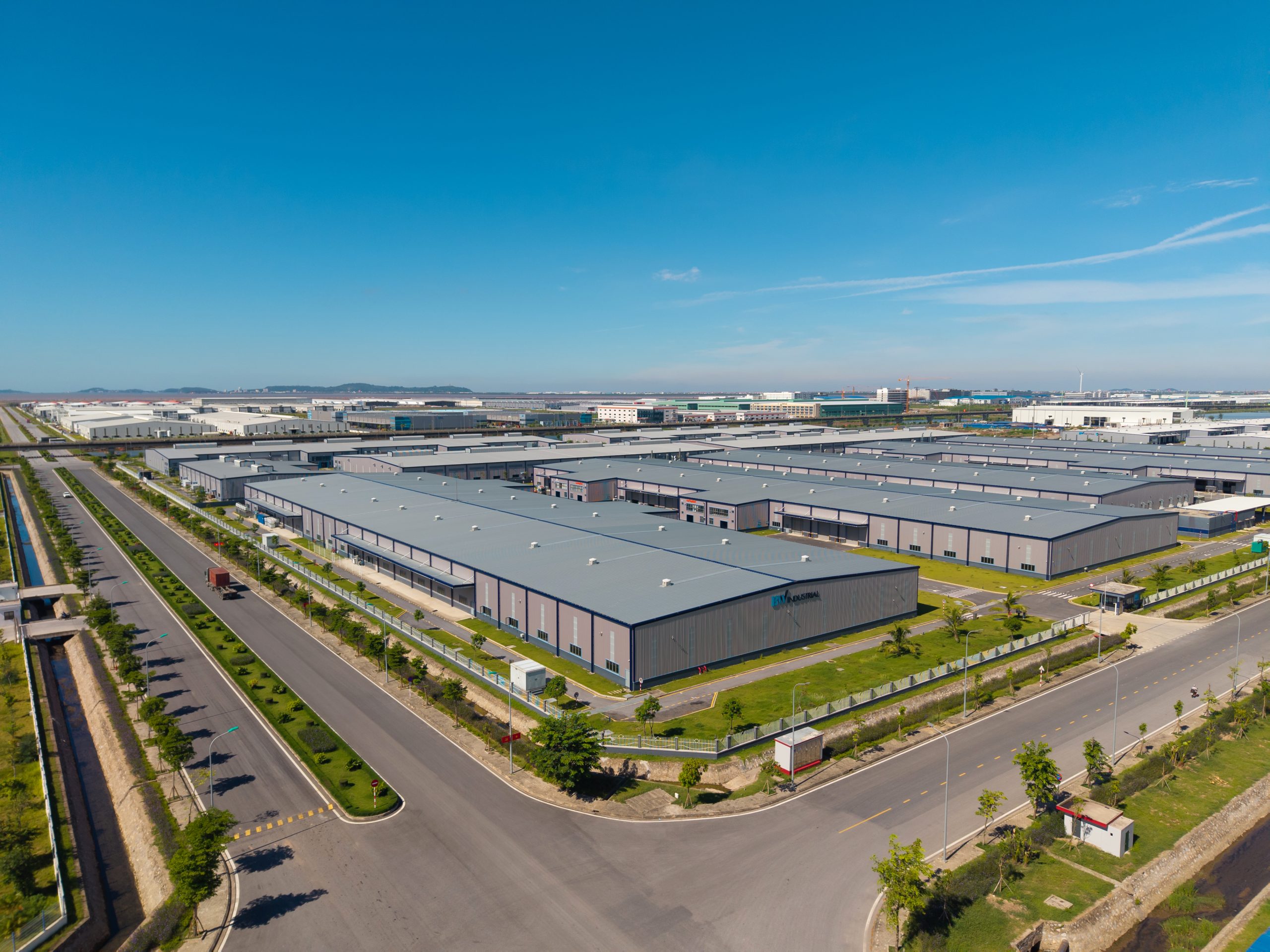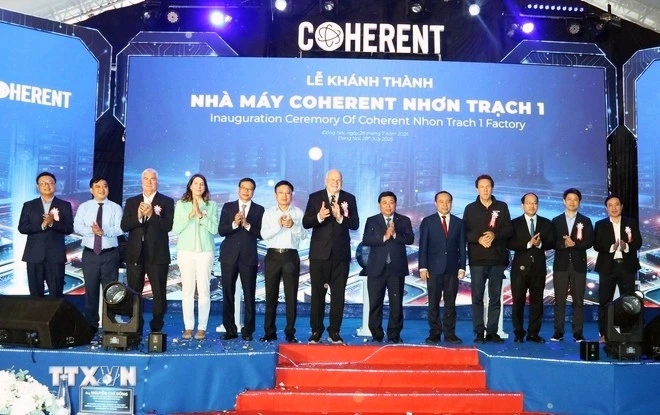法律
Understanding Vietnam’s Political Structure: A Comprehensive Guide to the Four-Tier System
1 7 月, 2024
Vietnam’s political stability is a key advantage in attracting foreign direct investment, fostering investor confidence, policy continuity, and government support. Over the past ten years, Vietnam has consistently secured a position in the upper half of nearly 200 countries as per the Political Stability Index, reported by the World Bank.
This article will provide foreign investors with an overview on Vietnam’s political system and a general understanding of competent authorities when establishing a company in Vietnam.
Vietnam’s political structure comprises four hierarchical levels of governance:
1. Central government: This apex administrative body of the Socialist Republic of Vietnam includes the Prime Minister, Deputy Prime Ministers, Ministers, and Heads of Ministerial-level agencies, which are in charge of the day-to-day handling of the Government. Key ministries relevant to foreign investment encompass:
- Ministry of Planning and Investment: oversees state management in planning, investment development, and statistics. It manages domestic and foreign investments, special zones, and issues certificates for various projects, including those involving public-private partnerships and different build-operate-transfer arrangements.
- Ministry of Construction: responsible for State management of construction, construction planning and technical infrastructure in urban centers, industrial parks, economic zones and hi-tech parks.
- Ministry of Natural Resources and Environment: responsible for State management of land, water and mineral resources. In addition, the Ministry is involved with the environment, hydrometeorology, climate change, surveying and mapping, integrated management of natural resources and protection of the marine and island environment.
2. Municipal authorities: Organizational entities at the municipal level, such as the Department of Planning and Investment, Department of Natural Resources and Environment, and Department of Finance, fall under the jurisdiction of the People’s Committees of Provinces and corresponding levels. Notably, the local Industrial Zone Management Board plays a vital role for foreign investors in industrial zones.
3. District authorities: Oversight is provided by the People’s Committees of Districts and corresponding levels.
4. Commune/ Ward authorities: Governance at the grassroots level is managed by the People’s Committees of Communes and corresponding levels.
Foreign investors looking to enter Vietnam need to coordinate with different competent authorities, depending on the size and type of investment.
For foreign investment that is subject to investment approval
Let’s take an example of a company with an investment exceeding VND8 trillion that wants to establish a polypropylene (PP) plastic plant with a capacity of 250,000 tons/year from imported liquefied petroleum in Ba Ria – Vung Tau (BRVT) province. In this scenario, the company must contact the Department of Planning and Investment of BRVT province to assess the alignment between the investment project with the province’s planning.
Upon confirmation that the project aligns with the province’s plan, the investment registration agency of the Department of Planning and Investment of BRVT province proceeds to generate an appraisal report. This report is then submitted to the People’s Committee of the Province for a decision on the investment policy at the provincial level. Typically, the provincial-level People’s Committee takes approximately five working days from the receipt of the appraisal report to issue the investment registration.
For foreign investment with a capital of below VND6 billion and a workforce of fewer than 3,000
Collaboration is required with second-tier management agencies. These include municipal authorities such as the Industrial Zone Management Board, Department of Planning and Investment, and the Department of Natural Resources and Environment. Specifically, the issuance of investment certificates for such enterprises falls under the purview of the People’s Committee of the Province or the city where the enterprise is headquartered.
This can be divided into two cases:
- For companies based outside industrial zones: the Department of Planning and Investment handles document reception and processing. The provincial Department of Natural Resources and Environment, in conjunction with the People’s Committee, is responsible for issuing land lease permits, land use rights certificates, and environmental licenses. The Department of Finance approves land prices, while construction permits, and planning licenses are issued by the local Department of Construction.
- For enterprises headquartered in industrial parks: the Industrial Zone Management Board is responsible for receiving and processing documents. The board conducts the necessary inspections and consultations with relevant agencies as needed. Upon successful appraisal and compliance with requirements, the management board proceeds to issue the investment certificate for the project. During day-to-day operation, facilities in industrial parks are supervised and inspected by the Department of Natural Resources and Environment, Environmental Police Department and District People’s Committee, among others here.







